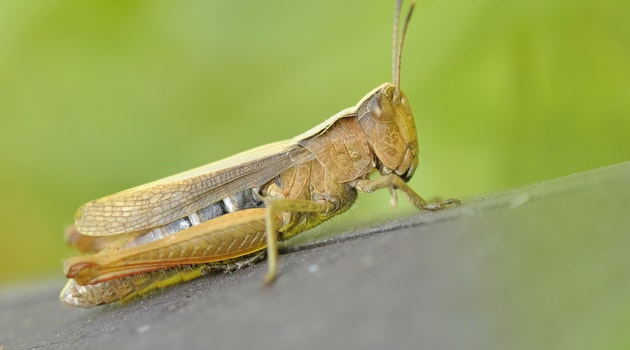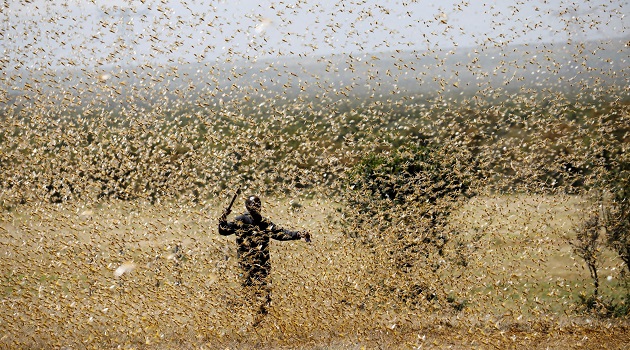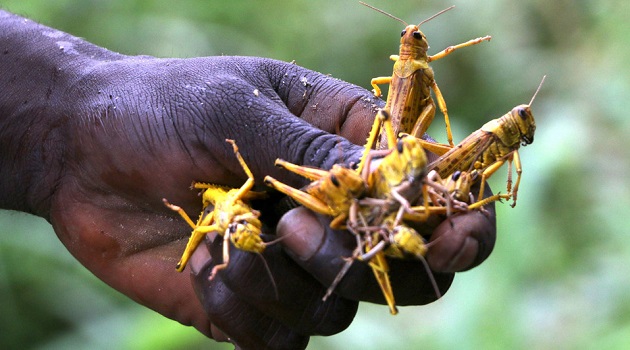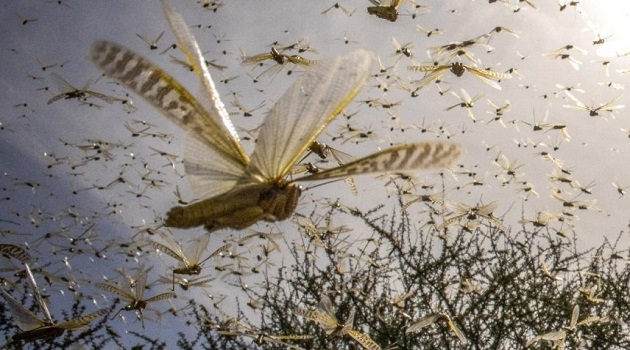
Challenging times for India are not over yet as crop-eating locusts have landed. Cities in Rajasthan, Madhya Pradesh and Uttar Pradesh have been invaded by billions of locusts which usually feed on crops.
- Apart from the costs of dealing with the deadly COVID-19, the Indian Economy which is primarily an agrarian economy is facing another threat from a dangerous locust attack.
- Although not unfamiliar and new to India, locust attacks this year can prove to be catastrophic for the country’s agricultural produce and vegetation.
- Agriculture is one of the most important sectors in India as it contributes 17% of the country’s GDP.
Government needs to take quick action to restrict these pests if it wishes to avoid food shortages and famine like conditions.
Current Situation
The locust attack this year is more worrisome because of its magnitude and time.
Termed as one of the deadliest in the last 26 years with the last one being witnessed in 1993, this year’s attack has already damaged crops in several states like Rajasthan, Madhya Pradesh, Uttar Pradesh.
Currently invading several districts of Maharashtra, Gujarat and Punjab, these locusts threaten to destroy crops and the green cover thus raising the threat of food shortages and famine.
The state as well as the central government is working out measures to control the spread of these desert locusts to rest of the country.
- The farmers on their part are trying unique techniques.
- They are playing loud music, banging plates, lighting fires or using smoke.
- This is in addition to the usage of pesticide sprayers.
Understanding Locusts and their abilities
These are insects from the family of grasshoppers which move in swarms and damage the crops and green plants.
They feed and breed in agricultural lands, especially in presence of abundant moisture.
With an ability to fly up to 100-150 km in a day in the direction of the wind, these insects cover large distances in the day time and rest at night.
Also each locust has the capacity to eat around two grams of crop.

An interesting fact about locusts is that they are biphasic animals meaning they can take two different forms.
While being harmless in their solitary brown form, their gregarious electric yellow form (what we are witnessing now) when they display swarming behaviour is dangerous for the crops.
This gregarious form is visible when they multiply in high moisture conditions and multiply rapidy.
Historically, these locusts have known to be the reasons for plagues.
Why Should We Worry?
What is unique about this locust attack is that these insects have entered the country earlier than the normal time.
These locusts have already destroyed maize, sorghum and wheat crops in East Africa, Iran and Pakistan and now moved to India.
While the Indian authorities expected the pink adult locust swarms to enter India via Pakistan in June-July (the time when they breed), they were visible in April itself in several border districts of Punjab and Rajasthan.
The early arrival is attributable to climate changes which led to low wind pressure creating cyclones and storms in the East African region.
Experts link these climate changes to the ‘Indian Ocean Dipole’, a climate system that affects weather conditions in regions lying between East Africa and Western Australia.

United Nation’s Food and Agriculture Organisation (FAO) has warned that the locust infestation may get severe in the coming days.
Tracing the journey of locusts into India, the organisation mentions that these swarms first arrived in the Horn of Africa in end summer 2019 from the Arabian Desert.
Good breeding conditions in the desert had let to a significant multiplication of these pests which further moved to cover several African countries such as Somalia, Ethiopia, Kenya and Uganda.
This was followed by their entry into Middle Eastern countries such as Iran, Bahrain, Kuwait and Asian nations such as Pakistan and now India.
So, unusual wet conditions have led to the multiplication of these pests.
Indian Government and farmers are worried because these insects have already damaged over 500,000 hectares of cotton, pulses, wheat, cumin, potatoes and other crops in Rajasthan, Gujarat and Uttar Pradesh.
Locusts are playing havoc with citrus food plantations in Maharashtra and other regions.
All this may lead to shortages of food grains and vegetables, a segment which has already been hit hard by the COVID-19 and the resultant lockdown.
While the country’s Rabi crop has already been harvested and faces no threat from this attack, plantings for the new Kharif season are yet to begun.
What is essential now is to stop the outbreak before the monsoon rainfall because it is that time these locusts mature and breed.
At high risk are the country’s vegetation and horticulture segments. Several state governments have already called for the declaration of these locust attacks as a national calamity.
Government Measures
The Indian government is recommending usage of pesticide sprayers and drones to spray chemicals on crops to limit the damage caused.
However, the early arrival of the insects has taken the authorities by surprise.

The locus control offices in the country are working in tandem with farmers to spray pesticides via tractor mounted sprayers and fire tender vehicles.
While use of pesticides sprays can kill the insects, its negative impact on the crop output and nearby human settlements cannot be ignored.










